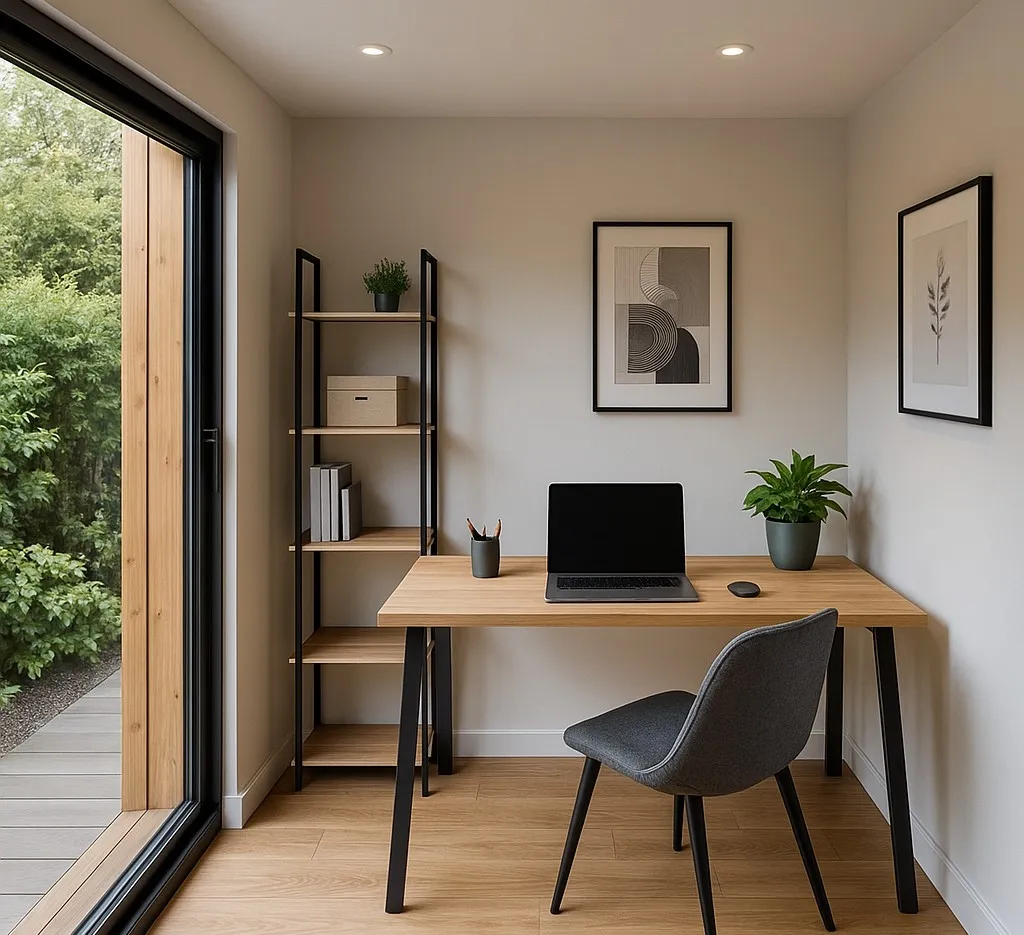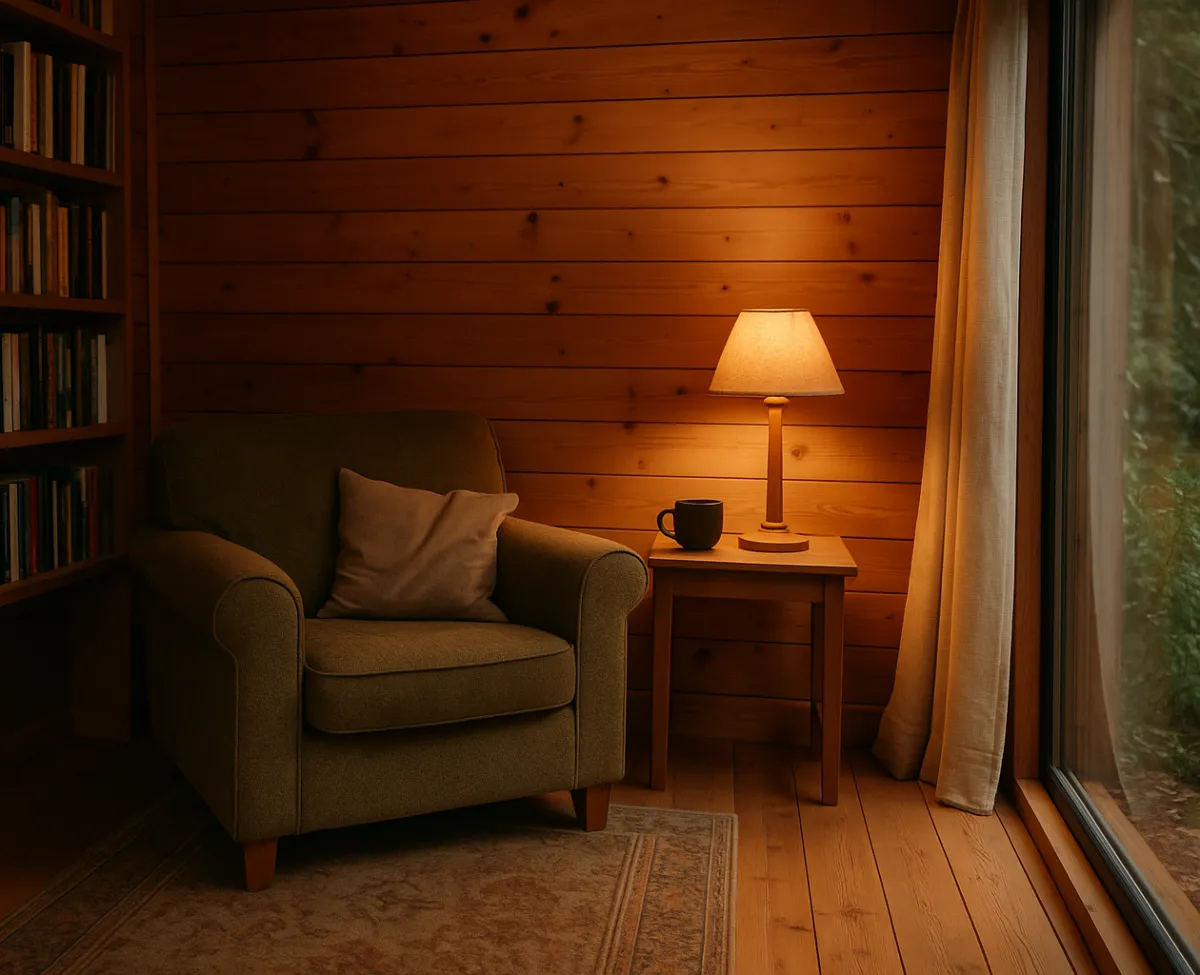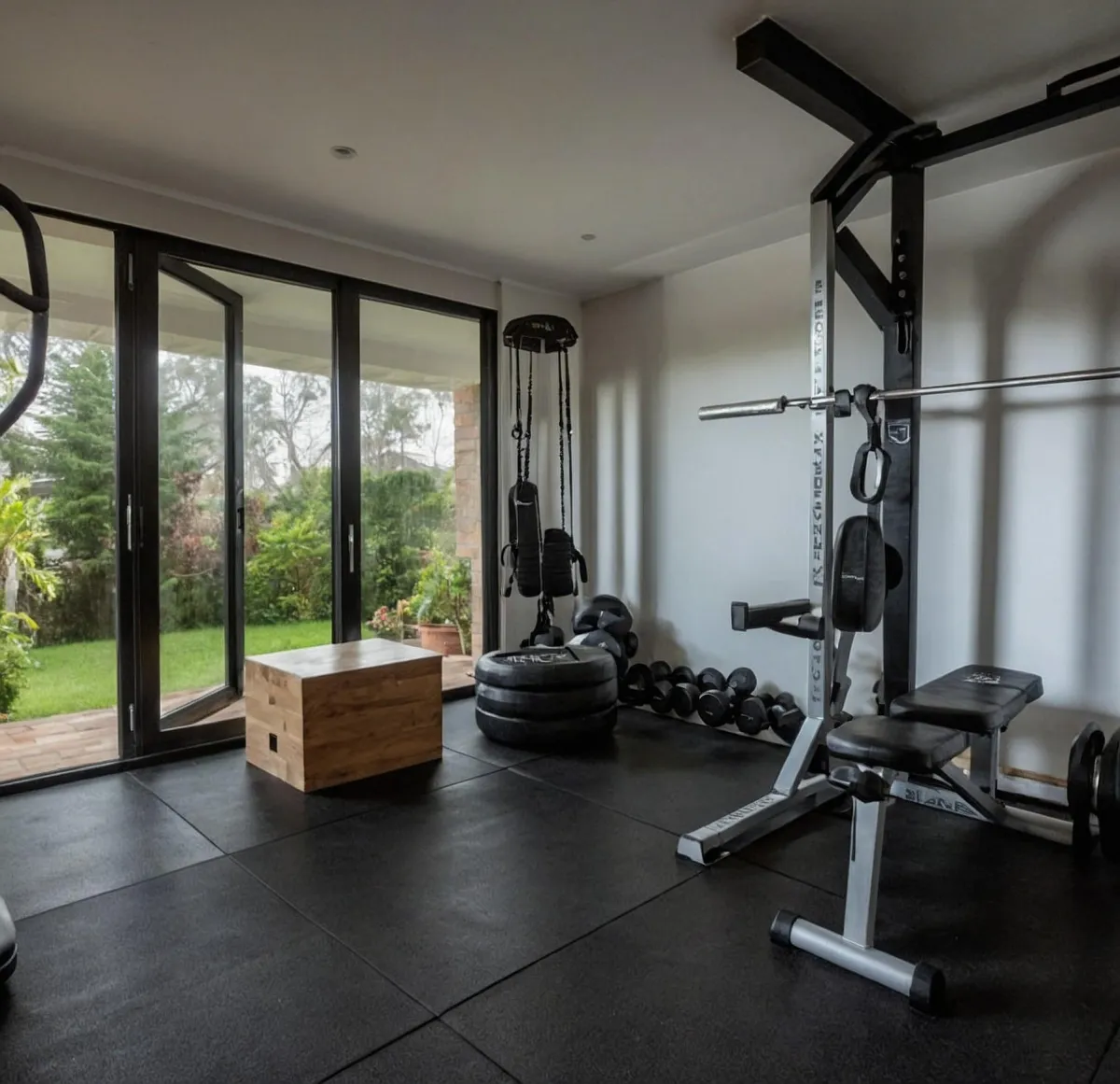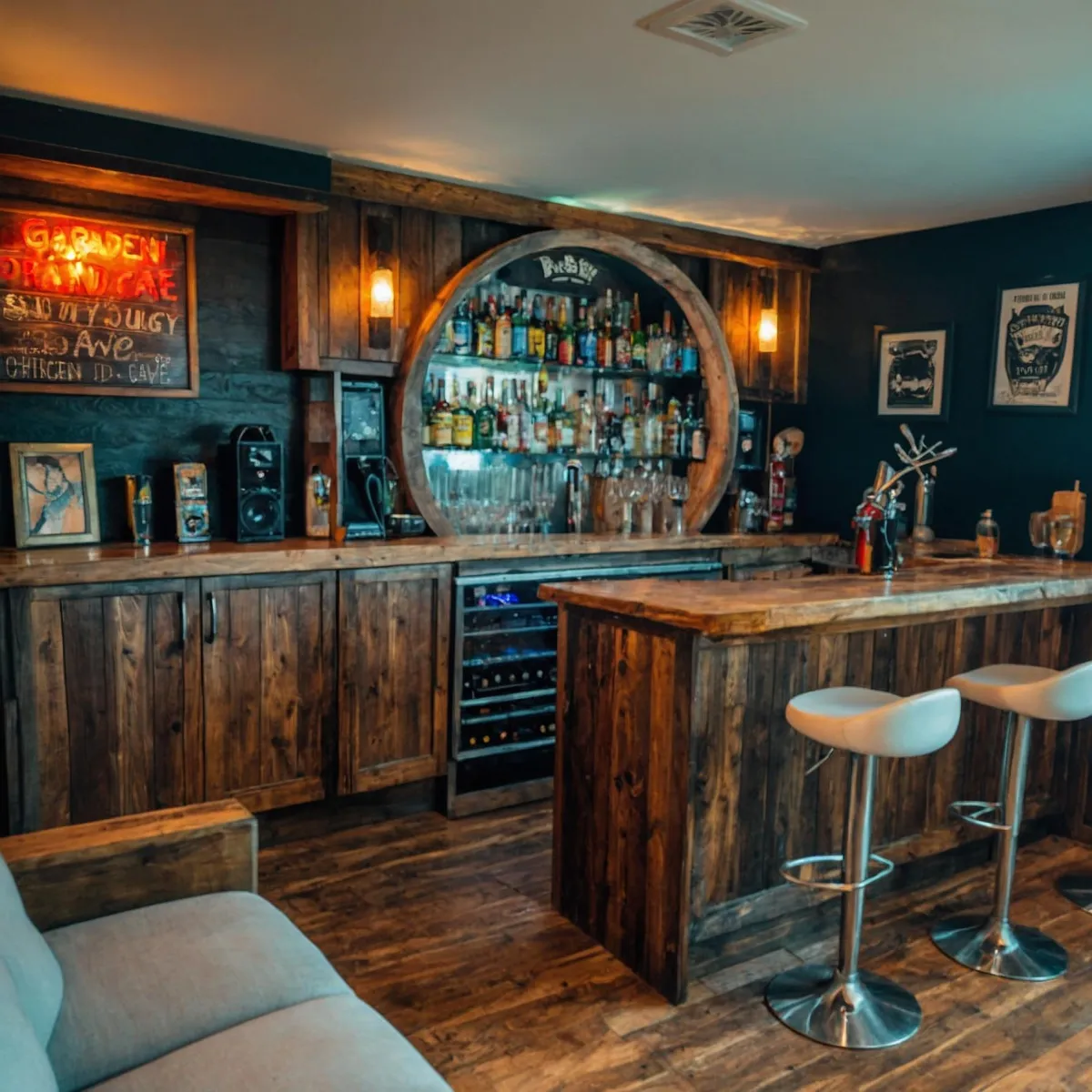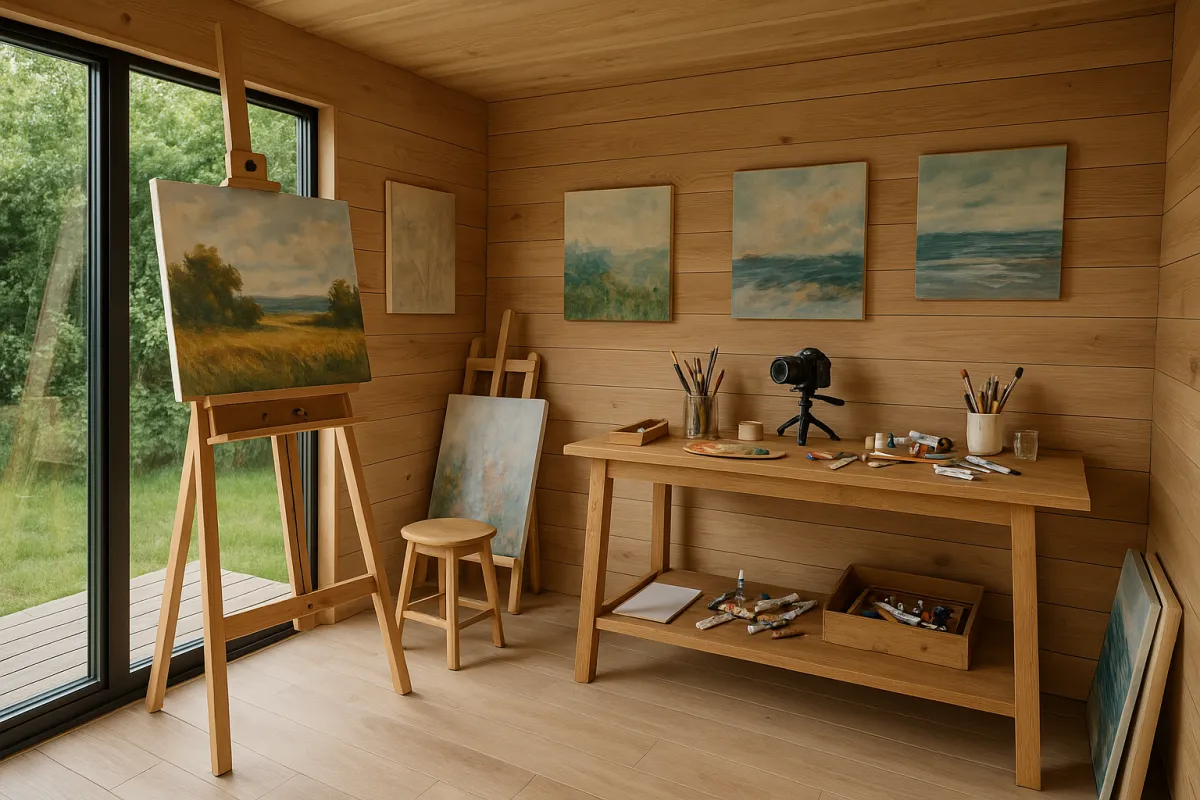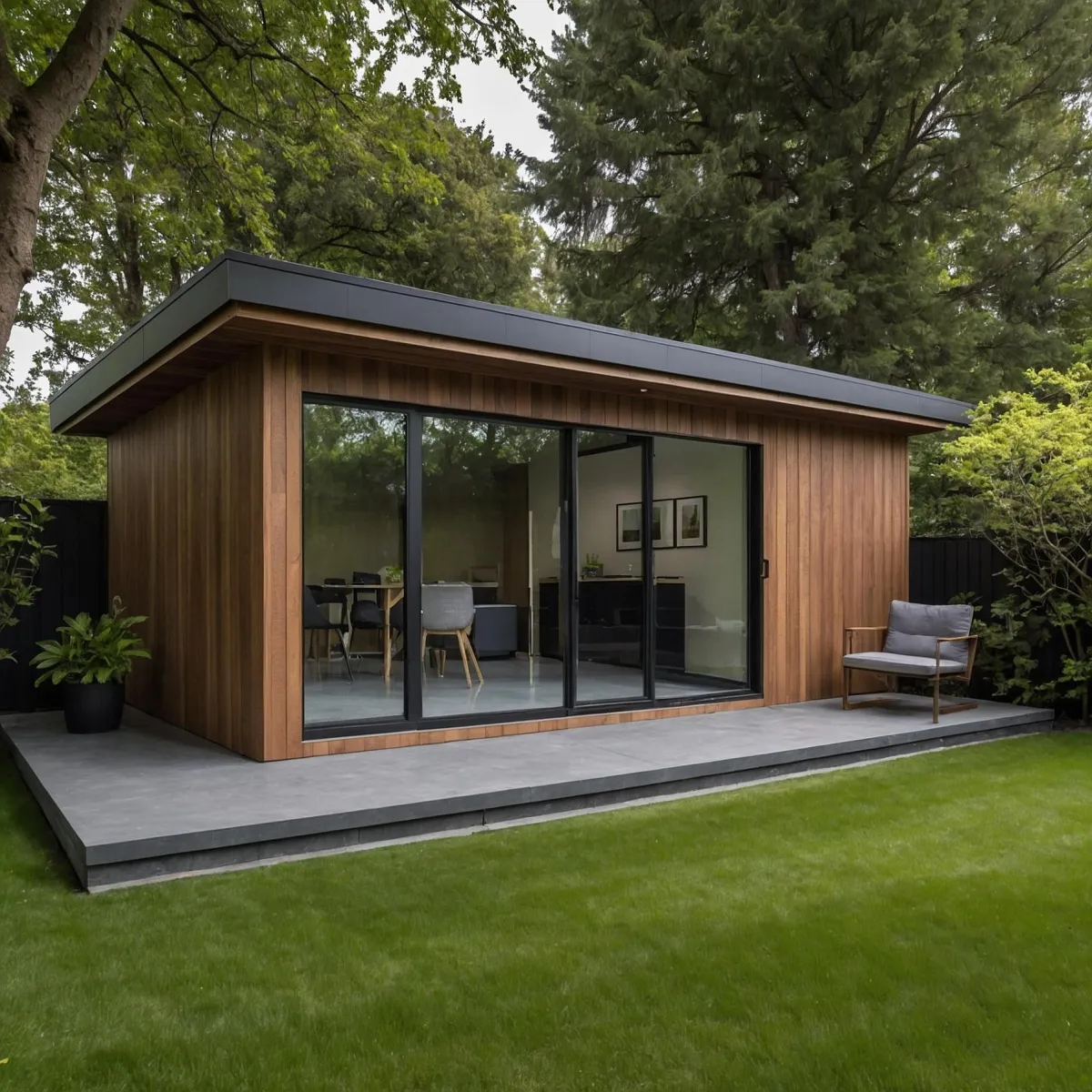
Shipping Containers: The Perfect Garden Room
As the trend for garden rooms continues to rise in the UK, many homeowners are exploring more cost-effective and innovative ways to add extra space to their properties.
With house extensions becoming increasingly expensive, a shipping container conversion could be the ideal solution.
Whether you’re looking for a home office, a creative studio, or even a sauna, repurposing a shipping container into a garden room offers many advantages – particularly here in Swansea and across Wales.
Here's why it could be the right choice for your home:
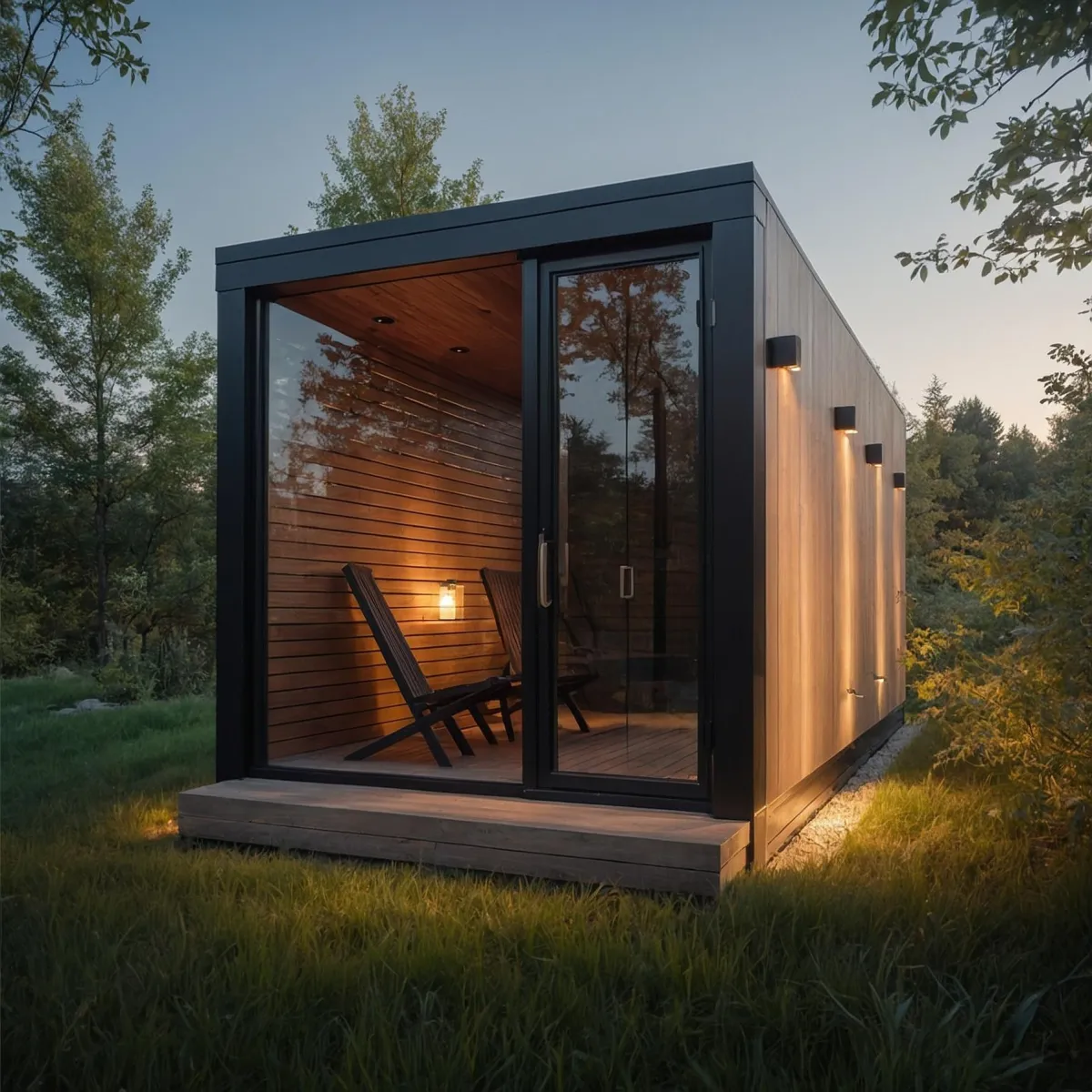
The Benefits of Shipping Container Garden Rooms
Cost-Effective Solution
In Wales, where housing costs are often lower than in other parts of the UK, extending your home can still be a significant investment.
Building an extension involves costs for planning permission, structural changes, and hefty labour charges. In contrast, using a shipping container for a garden room is a much more affordable option, giving you the extra space you need without the hefty price tag.
Quick Installation
In places like Swansea, where many properties are surrounded by stunning outdoor spaces, a garden room can make the most of your surroundings.
Shipping containers can be delivered directly to your property and transformed into functional spaces in a fraction of the time it takes to build an extension.
What could take months for a traditional build can be achieved in just a few weeks, providing a hassle-free solution to adding extra room to your home.
Durability and Weather-Resistance
The Welsh climate can be unpredictable, with wet weather and coastal winds common along the Swansea coastline. Shipping containers are designed to withstand harsh marine conditions, making them highly durable and resistant to the elements.With proper insulation and finishing, a shipping container garden room will be a long-lasting investment that can handle the challenges of both the summer heat and winter cold.
Sustainable and Eco-Friendly
With sustainability a key concern for many, converting a shipping container into a garden room offers an environmentally-friendly alternative to traditional building methods.
By reusing these containers, you're helping to reduce waste and minimise your carbon footprint. In Wales, where green initiatives are a priority, this is a great way to ensure your garden room aligns with your environmental values
Customisation with Quality Materials
Just because you’re using a shipping container doesn’t mean you have to compromise on style. You can outfit the container with high-quality insulation, contemporary flooring, and premium finishes.
Whether you're transforming it into a cosy home office or a modern studio space, the materials you choose will ensure your garden room is comfortable and stylish, blending seamlessly with your home and garden.
Increased Property Value
In areas like Swansea, where many people are looking for ways to enhance their homes, a garden room made from a shipping container can significantly increase your property's value.
With the rise in remote working, there’s a growing demand for dedicated, private workspaces. A well-designed garden room could be a key selling point, should you ever decide to move.
Space Limitations
While shipping containers are an excellent solution for creating a compact garden room, they are not the ideal choice if you're after a larger, more open-plan extension. If your needs demand more space, you may need to consider multiple containers or look at other options.
Recent Example: Container Sauna in Mid-Wales
At Carl’s Carpentry, we recently completed a project converting a shipping container into a beautiful sauna for a client in Mid-Wales.
This garden room not only offers a relaxing retreat but also provides a unique and cost-effective solution for homeowners looking to enhance their outdoor spaces.
With insulation, contemporary design features, and high-quality materials, the sauna is a perfect example of how a shipping container can be transformed into a stylish and functional space.
This project highlights the potential of shipping containers to serve diverse needs—from home offices to wellness retreats.
Conclusion
A shipping container garden room is an affordable, practical, and stylish way to create additional space in your home, without the high costs associated with a full house extension. In Swansea and throughout Wales, where outdoor living spaces are cherished, this is a brilliant option for those looking to maximise their property’s potential.
With careful customisation and the use of high-quality materials, you can create a space that is as beautiful as it is functional – whether it’s for work, leisure, or relaxation.
Just remember to consider the space limitations before making your decision, and you’ll be on your way to enjoying your new garden room in no time.
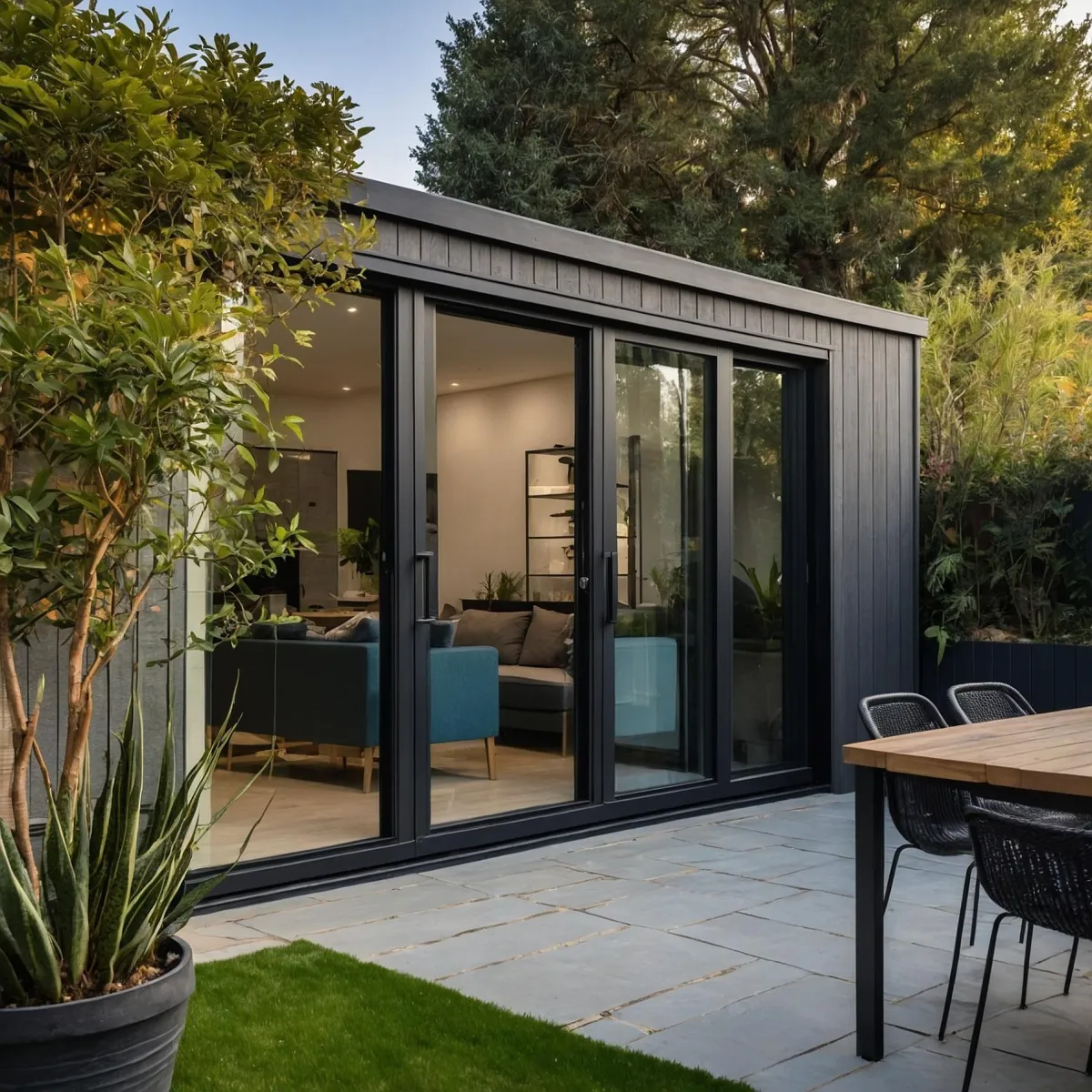
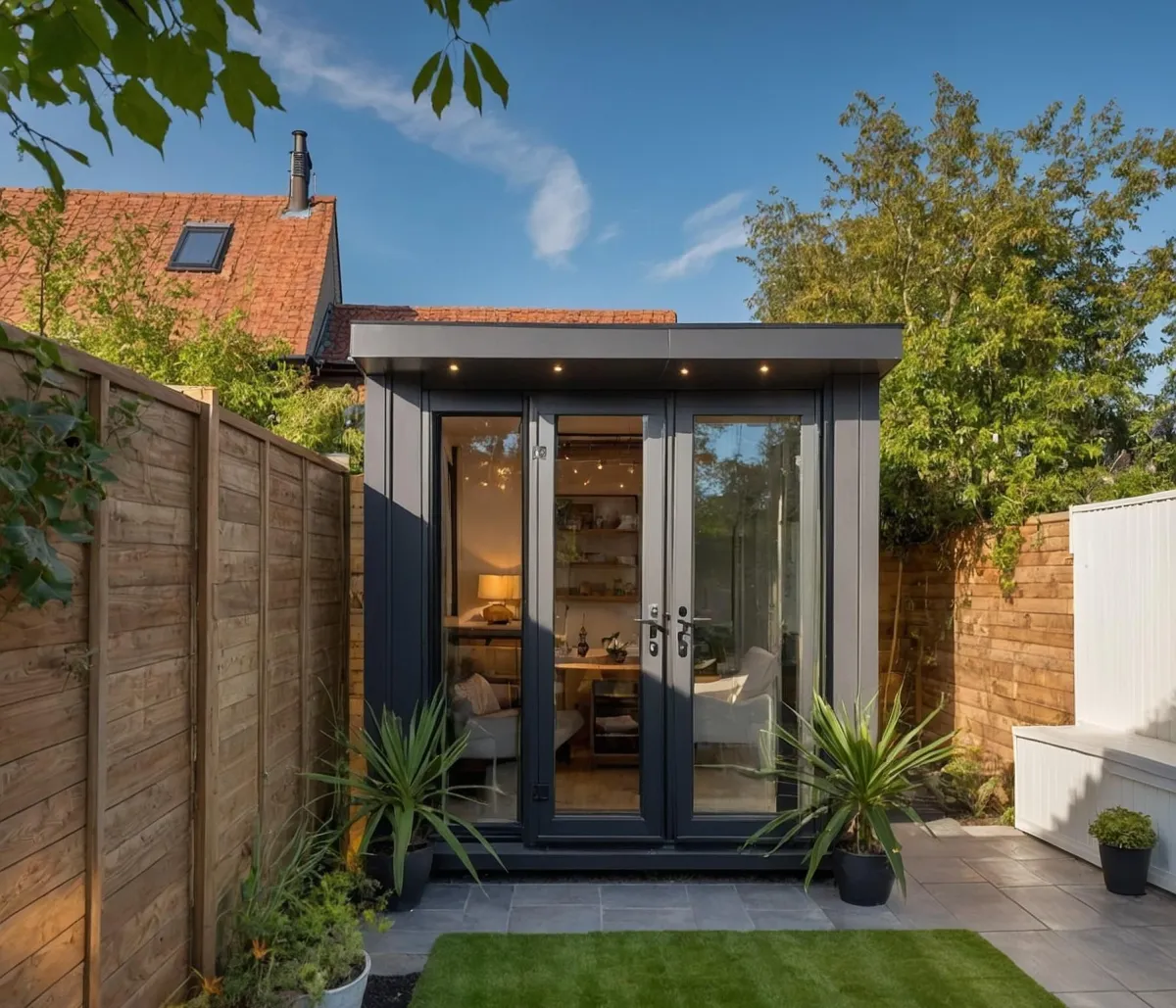
Garden Room, Office, Studio… or All Three?
A garden room is one of the most versatile investments you can make in your home — but if you think it’s just for remote workers, think again. Here are 9 creative, practical, and lifestyle-enhancing uses for a garden room, whether you need calm, creativity, or just more space.
1. Home Office
Ideal for professionals who need peace, power, and reliable WiFi away from household noise. With proper insulation, electrics, and soundproofing, you can make Zoom calls without hearing the dishwasher.
2. Art or Photography Studio
North-facing glass, good ventilation, and wall space? It’s every painter or designer’s dream. Control your light, store your tools, and create without dragging easels across the kitchen.
3. Music Studio or Podcast Booth
With acoustic insulation and a soundproof design, a garden room becomes your personal production zone. We’ve built studios for violinists, vocalists, and YouTubers alike.
4. Home Gym or Yoga Retreat... or Garden Sauna?
A warm, quiet space just for movement and mindfulness. Whether you want room for a treadmill, yoga mat, or even a compact sauna cabin, an insulated garden room becomes your year-round wellness zone — no traffic, no gym fees, just peace.
5. Guest Room or Annexe
Need overflow space for visiting relatives or friends? A garden room with a sofa bed, heating, and lighting becomes a private guest retreat (and no one’s fighting over the bathroom).
6. Hobby or Craft Workshop
Whether you're a woodturner, a model maker, or an Etsy seller, you need room for your tools and materials. Garden rooms are perfect for hobbyists who’ve outgrown the spare bedroom.
7. Teenager Den
Give them their own space to hang out, game, or study — while still keeping them (mostly) close. Bonus: your lounge stays yours.
8. Garden Bar or Man Cave
You don’t need a pub extension. A compact garden room with a bar setup, stools, and ambient lighting gives you a great entertainment space just metres from your back door.
9. Mindful Escape
Sometimes the best use of space is no use at all. A garden room can be a device-free, calm zone — for reading, journaling, or simply watching the rain in silence.
From practical to personal, garden rooms offer flexibility no spare room or conservatory can match. At Carl’s Carpentry, we design each space around how you want to live — and we’ll help you find the size, shape, and features that fit your lifestyle.
